Spain, September 2009
|
Two weeks in Catalunya, Aragon and Basque country, in search of nourishment for the body and the soul. OK, maybe more of the former than the latter. :-) Click on each picture for a slide show about that subject. |
|
In the early days of chocolate, much of the cacao from the Americas arrived in Europe at the port of Barcelona. You can learn all this and more at the Museu de la Xocolata. Oh, and the entry ticket is edible. |
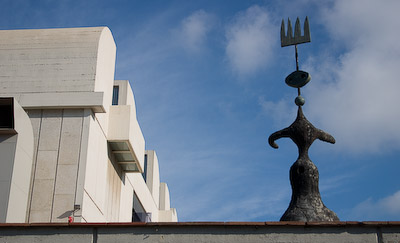
|
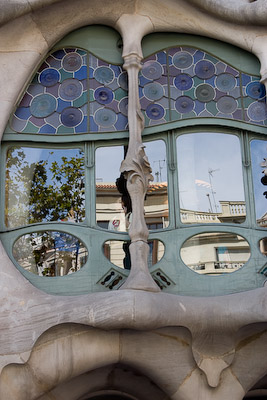
|
Even though Antoni Gaudí is best known as an architect, he was also an extreme recycler. His buildings made use of many reused materials, ranging from broken ceramics to old sewing needles to bedsprings*. It would be interesting to see what his LEED rating might be. * "Gaudí, a biography", Gijs van Hensbergen, HarperCollins 2001. |
|
The concert hall of Palau de la Música Catalana relies entirely on natural light from windows and a huge skylight. Unfortunately no photography is allowed inside. We did attend a very good classical guitar recital by Xavier Coll. |
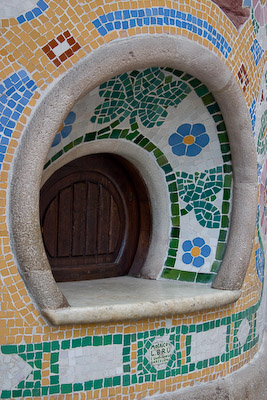
|

|
Mies van der Rohe designed this building to be the German National Pavilion at the 1929 Barcelona International Exhibition. It was disassembled a year after the Exhibition. Fifty years later Barcelona's City Council decided to reconstruct it, in the original location. |
|
The Abadia de Montserrat is nominally a monastery. It is also equal parts nature preserve, tourist trap, and source of Catalan national pride. The latter two are very much evident if you visit on September 11. |
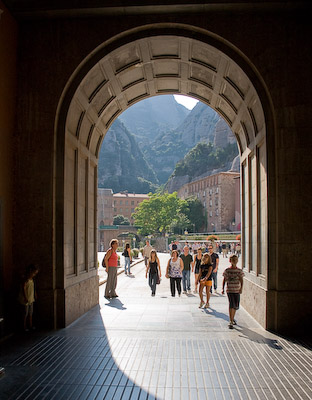
|
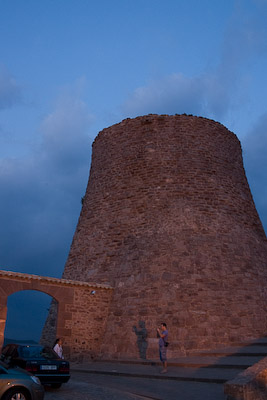
|
The Castell de Cardona is a 9th-century hilltop fortress. Today it is one of many state-run historic hotels. Beware of the September 11 celebrations; the live bands down in the village are very loud, and play very late. |
|
For a little more peace and quiet, try hiking in the Spanish Pyrenees, at Parque Nacional Ordesa y Monte Perdido (Ordesa Valley and Lost Mountain National Park.) |

|

|
San Sebastian is ground zero of the new Spanish cuisine. But you don't need a table at Arzak to experience fine foods. |
|
Before 1997, Bilbao was an post-industrial city in decay whose only claim to fame is that our friend J's grandma emigrated from there. Today they get about 1 million visitors a year, more than half of whom come from other countries. The change that put them on the map? A museum. |
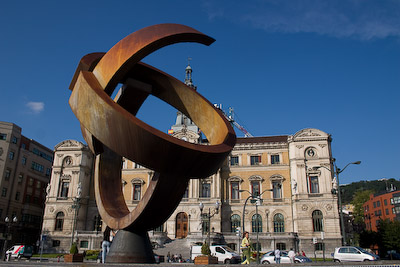
|
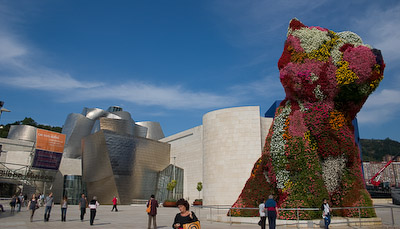
|
The Guggenheim Bilbao is a joint project between the city of Bilbao and the Guggenheim Foundation. The building costs $100M. |
|
Zaragoza is the capital of Aragon. It is home to a fine cathedral as well as the Aljaferia, an example of Moorish architecture of similar importance to the Alhambra. |
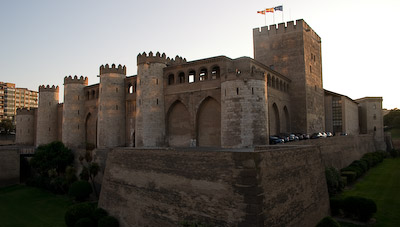
|
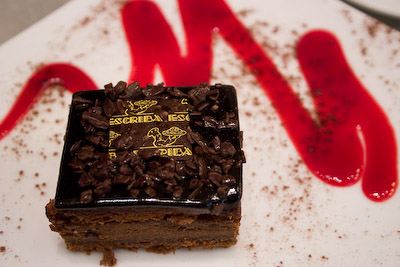
|
From tapas bars to Michelin-starred restaurants, from market stalls to chic pastelerias, there is plenty of excellent food in Catalunya and Basque country. Among our favorite eateries of this trip are Escriba in Barcelona, Kokotxa in San Sebastian, the bistro at the Guggenheim in Bilbao, Sagardi and Bubo in Barcelona. |
|
There seems to be children everywhere, and many people are dressed in eye popping colors. Sometimes one feels like an extra on the set of a Almodovar movie. |
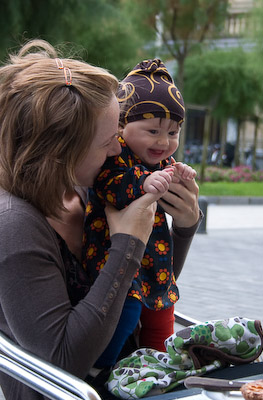
|
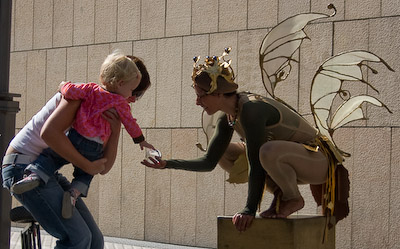
|
Vibrant street life in every big city, but sometimes the spectators are a little, err, reluctant! |
|
Yes, supermarkets exist, but the traditional markets are still very popular with the locals, not to mention the tourists. My favorite is Santa Caterina in Barcelona, where we bought goat milk yogurt everyday. |

|
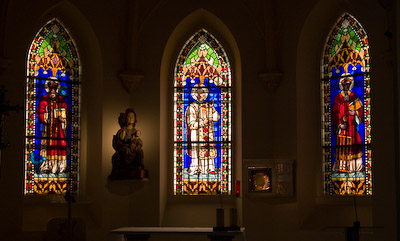
|
Spain is of course a predominantly Catholic country, which isn't to say the churches are all of the same style. |
|
Some of this qualify as murals. Others are just garden variety graffiti. Banksy would probably feel at home in Spain. |
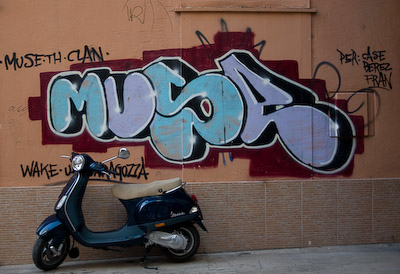
|
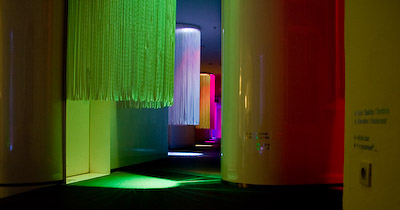
|
In the 1989 Jim Jarmusch movie, Mystery Train, Jun the Japanese tourist always takes pictures of his hotel rooms. "Because this is what I will forget," he says. |
|
As with many big cities in Europe, bicycles are a popular and viable means of transport, in spite of the rainy climate. Bicycle shares and tricycle taxis are also well-established. |
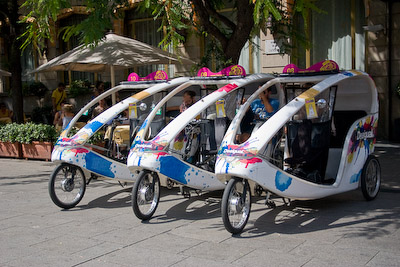
|
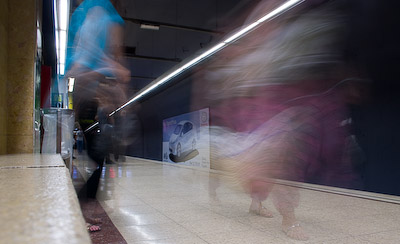
|
Random pretty pictures. No particular subject. No, I did not pack a tripod. |
| Home | Updated: 22 Apr 2013 |

|
This work is licensed under a Creative Commons Attribution-Noncommercial-Share Alike 3.0 Unported License. |